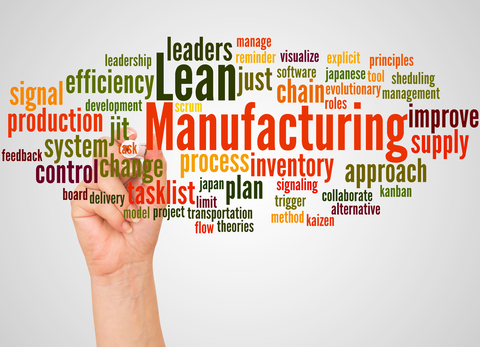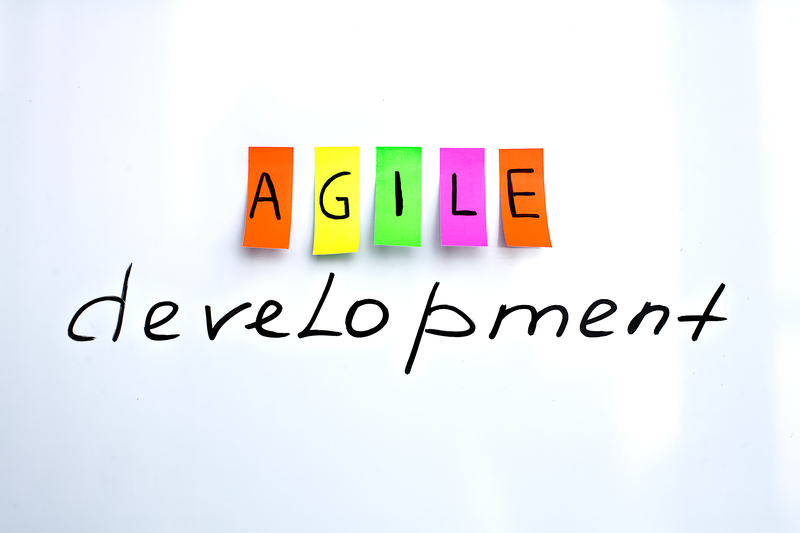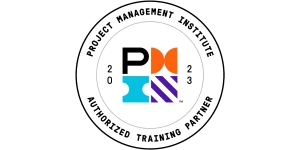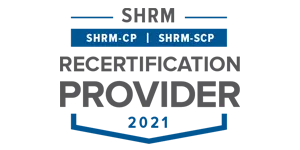Lean vs Agile: Which Supply Chain Should You Choose?
Lean vs. Agile supply chain: Which is best for your business? There’s no single answer. It depends on your type of business and unique circumstances. This article will explore both supply chain strategies and explain when choosing each one is ideal.
What is a Lean supply chain?
A lean supply chain imbibes lean principles to reduce costs and improve efficiency. This strategy focuses on identifying and eliminating waste to minimize costs and increase efficiency.
In a lean supply chain, products are manufactured based on current customer demand to avoid the risk of having excess inventory. Manufacturing processes are standardized to reduce defects and lead times.
What is an Agile supply chain?
It is a supply chain that focuses on adaptability and responsiveness to changing market conditions and customer demands. It allows room for experimentation and disruption to stay resilient in the long term.
An agile supply chain involves constantly incorporating customer feedback to improve the product. It is based on a commitment to constant improvement, with products designed in life cycles and easily tweaked in response to market demand.
Advantages and disadvantages of a Lean supply chain
Advantages
- It focuses on waste reduction, which helps your organization increase manufacturing times and profit.
- The production processes are standardized, which helps create an effective supply chain across different branches of your organization.
- It reduces the risk of holding excess inventory and losing money from unsold products.
Disadvantages
- It becomes challenging to handle demand volatility when you build a supply chain to cater primarily to current market conditions rather than future forecasts.
- You have limited flexibility in responding to changing market conditions.
- Your business becomes more vulnerable to supply chain conditions because lean management discourages holding excess inventory and supplies.
Advantages and disadvantages of an Agile supply chain
Advantages
- Your supply chain is always ready to respond to rapid changes in customer demand and keep customers permanently satisfied.
- Your supply chain becomes more resilient against short-term disruptions, such as a vendor not having a key component of your product.
- An agile supply chain encourages effective risk management, making your company more sustainable in the long run.
Disadvantages
- Agile supply chains are more costly to maintain because of buffer inventory. This extra cost might be a lifesaver in the long term but bites in the short term.
- Agile supply chains have less predictable processes, making them vulnerable to internal disruptions.
- It requires more complex coordination among supply chain partners than in the lean model.
What’s the better model?
The ideal choice depends mainly on your business’s nature, industry, and unique objectives. Lean supply chains are better for businesses selling stable, high-volume products, while agile supply chains fit businesses selling products with volatile demand.
If you’re in a rapidly changing industry, such as software development, an agile supply chain is the best choice because it enables you to respond quickly to market changes. In contrast, lean supply chains fit slow-moving industries, like food manufacturing and construction, where demand is easily predictable.
Also, consider the type of customers you have. If your customers often make swift decision changes, you need an agile supply chain to serve them best. But, if you have conventional customers that hardly change their decisions, a lean supply chain works well.
Most businesses will find success in combining lean and agile supply chain management. This combination lets you enjoy the benefits of both strategies and adjust your supply chain more to either strategy when needed.
At 6Sigma, we provide professional Lean training and certification. Our courses train your employees in lean principles, empowering them to become experts at managing your supply chain to deliver the best results. Contact us today to see what we can offer you.
SixSigma.us offers both Live Virtual classes as well as Online Self-Paced training. Most option includes access to the same great Master Black Belt instructors that teach our World Class in-person sessions. Sign-up today!
Virtual Classroom Training Programs Self-Paced Online Training Programs








